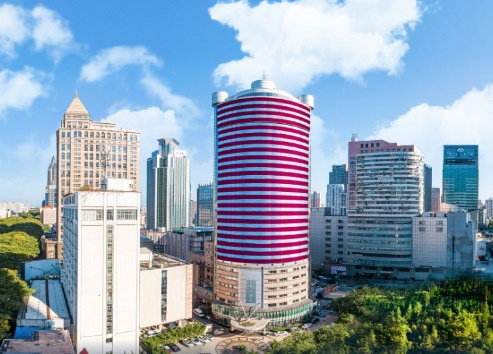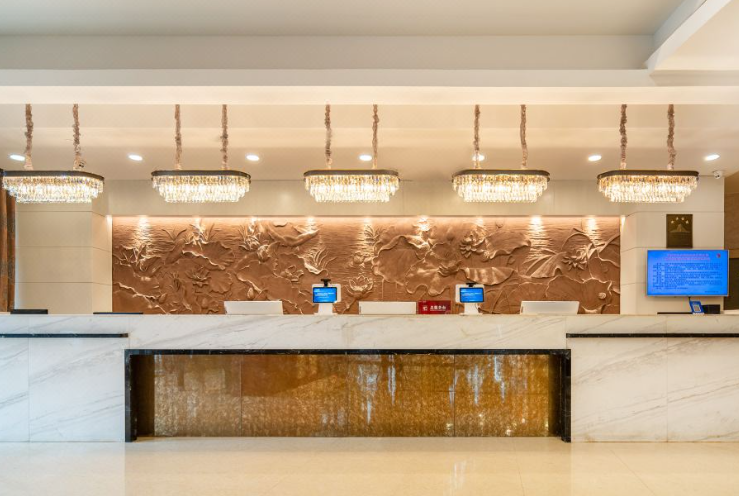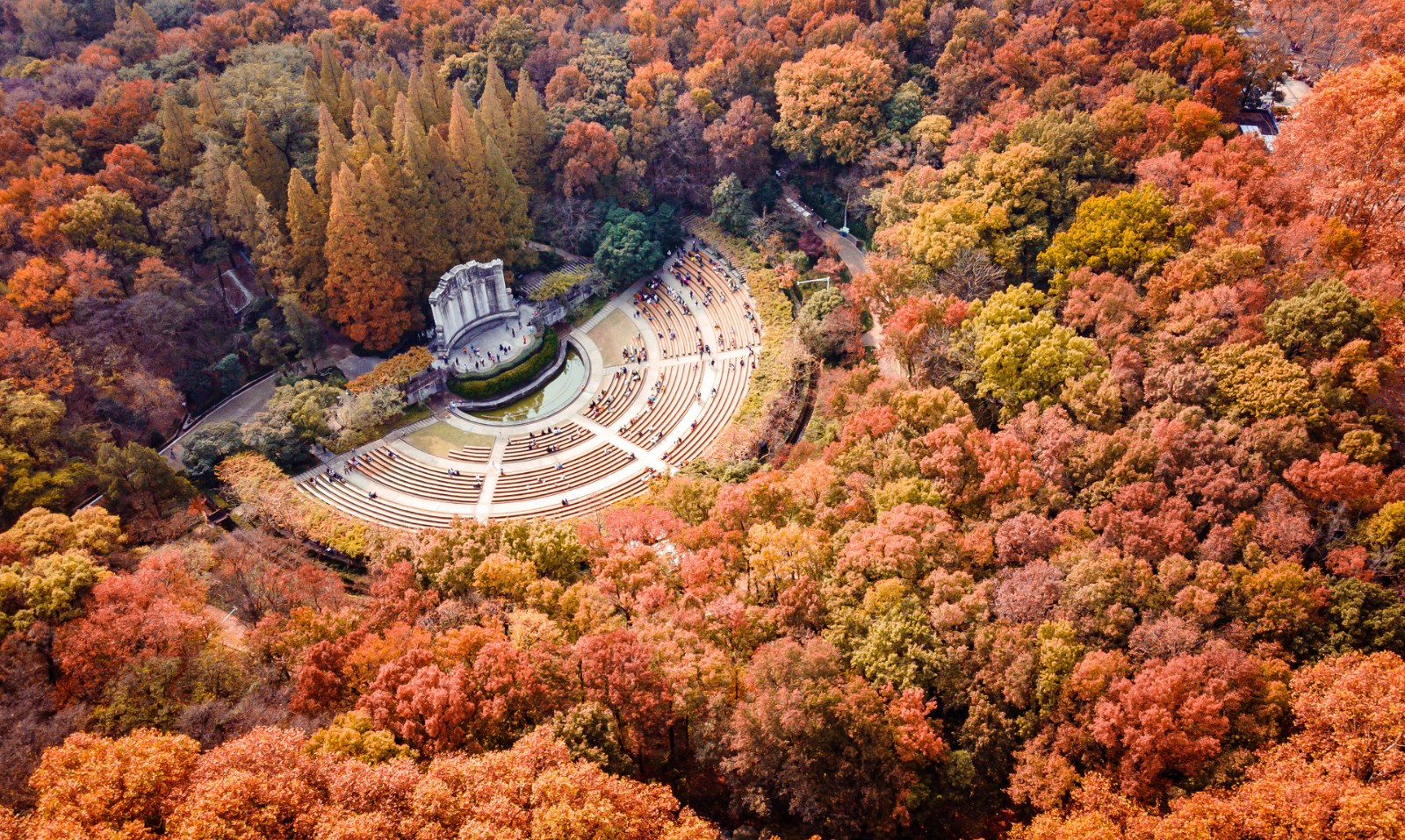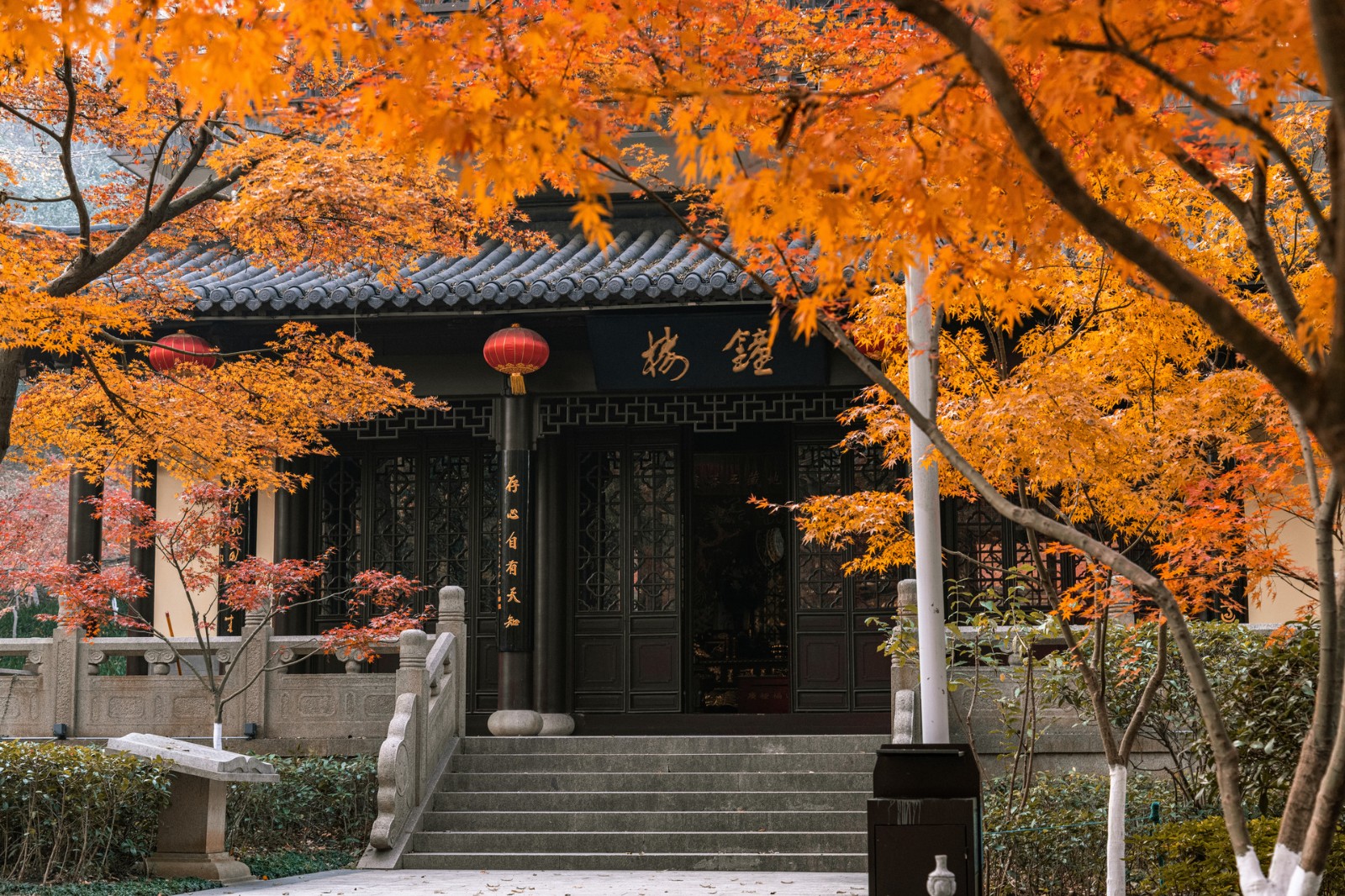
Conference Venue
![]() Nanjing Tianfeng Hotel
Nanjing Tianfeng Hotel



![]() Hotel Address
Hotel Address
No. 26 Hongwu Road, Qinhuai District, Nanjing, Jiangsu
![]() Direction information
Direction information
![]() Nanjing Lukou International Airport: 41km ; 47mins
Nanjing Lukou International Airport: 41km ; 47mins
![]() Nanjing south railway station: 11km ; 28mins
Nanjing south railway station: 11km ; 28mins
![]() Downtown Shenzhen: 0.5km ; 3mins
Downtown Shenzhen: 0.5km ; 3mins
More detailed information will be updated......
- Nanjing, Jiangsu, China - General Situation Lying on the south bank of the Yangtze River, Nanjing, the capital of Jiangsu Province, is one of the most delightful destinations in China. It is easy to get to Nanjing by bullet train and air as it is one of the China’s key transport centers. Known as the capital city of six dynasties in ancient Chinese history including Kingdom of Wu (222 – 280), Eastern Jin (317 - 420) and four states of Southern Dynasties (420 - 589): Song, Qi, Liang and Chen, it has a lot of brilliant cultural heritage sites. You can see the ancient city walls and the old educational center Confucius Temple as well as architecture in the period of the Republic of China here. Many resorts, natural attractions and amusement parks also cannot be ignored. Now Nanjing is an important national science and education center and the number of various institutions of higher education is second only to Beijing. Travelers can easily get a leisurely stroll on the boulevards lined with lush trees near those old campuses. Also, you cannot miss the museums with abundant collections and remember to taste the local Nanjing snacks like Nanjing Steamed Duck and Salted Duck.
History Nanjing served as the capital of 6 dynasties from the Kingdom of Wu (220 - 280) to Southern Dynasties. The early Ming Dynasty (1368 - 1644) is the last feudal dynasty that found capital in Nanjing but then the third emperor Ming Chengzu (Zhu Di) moved the capital to Beijing in 1421. In spite of its glorious times, Nanjing witnessed the historical vicissitude of modern China, from the Opium War in 1839, the Taiping Heavenly Kingdom rebelling against the Qing Dynasty (1636 - 1912) in 1853 to the establishment of the provisional government of the Republic of China by Dr. Sun Yet-sen in 1912. Nevertheless, it also witnessed the hardest moment of this nation, the inhuman Nanjing Massacre that more than 300,000 Chinese common people were killed including women and children by Japanese army in 1937. Carried profound history but also deep suffering past, Nanjing now has transformed into a developed industrial city. | |||
 |  | ||
